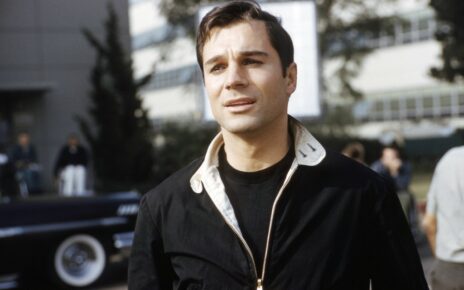Labor’s climate target is not based on the best scientific and economic advice, experts say, arguing it falls short of Australia’s commitment to the Paris Agreement, will lead to more severe damage from global warming and cost the economy more than deeper, earlier pollution cuts would.
A leaked draft of Labor’s Climate Change Bill, obtained by The Sydney Morning Herald and The Age, revealed proposed legislation that would enshrine Labor’s target to cut emissions 43 per cent by 2030, based on 2005 levels, and to hit net zero by 2050.
Prime Minister Anthony Albanese greets Samoa Prime Minister Fiamē Naomi Mataʻafa at the Pacific Islands Forum this week. Credit:.
International think tank Climate Analytics found that at that, if emissions reduction is consistent with international action, the Albanese government’s planned emissions reductions would cause average global temperature to rise above 2 degrees.
“Labor’s 43 per cent emissions reduction target is not science-based”, said Murdoch University climate scientist and chief executive of Climate Analytics Bill Hare.
The Australian Academy of Science has forecast that under 1.5 degrees of warming, the Great Barrier Reef would shrink by 70 to 90 per cent, due to coral bleaching caused by severe weather, while at 2 degrees just 1 per cent of the reef would survive.
The United Nations’ Intergovernmental Panel on Climate Change found droughts would become more frequent and intense under 2 degrees of warming, while limiting the temperature rise to 1.5 degrees would mean 50 per cent fewer people around the world would suffer water shortages.
Independent economist and Climate Council member Nicki Hutley said “the economic evidence shows that Australia should do more” than Labor’s 43 per cent target for 2030.
“Even if you only account for the economic costs to Australia, the price of inaction is 20 to 30 times higher than the cost of action to reduce emissions,” Hutley said.
“In the last federal budget, about $2 billion was committed to clean energy finance, but the combined packages for flood relief were $6 billion.”
Australia committed to the Paris Agreement in 2015, signing up to an international pledge for collective action that would limit global warming to as close to 1.5 degrees on pre-industrial levels as possible.
Prime Minister Anthony Albanese has been championing Labor’s 2030 target as a significant improvement on the Morrison government.
Albanese joined this week with leaders at the Pacific Islands Forum in declaring a climate emergency for the region.
The nations of Palau and Fiji publicly called out Labor’s 2030 target as too low. But an official communiqué, signed off by Albanese and all other nations, urged a shared effort to deliver “clear progress on turning pledges and commitments into action, consistent with the 1.5 degrees pathway”.
The Prime Minister’s office did not immediately respond to questions about scientists’ concerns over the inadequacy of Labor’s 2030 target.
Albanese this week defended the target as “ambitious” and said the party would stick to it because it had an election mandate on the policy.
“If you ask someone, ‘do you want a higher number?’ in absence of how you get there, then of course people who care about climate change would want action to be as soon as possible. But what you’ve got to do is to have a real plan with a real timetable,” he said.
The Greens and Labor are set to clash over the target when Parliament returns later this month, with the minor party slamming the government’s plan as not consistent with the Paris Agreement and demanding a 75 per cent emissions cut by 2030.
The federal government announced last week it had instructed the Treasury to model the impact of climate change on the Australian economy and the national budget.
Hutley said it was clear the “cost of upfront investment in climate action is far less the cost of climate change” and she was “extremely confident if treasury does robust modelling it won’t say anything different”.
Cut through the noise of federal politics with news, views and expert analysis from Jacqueline Maley. Subscribers can sign up to our weekly Inside Politics newsletter here.
Most Viewed in Politics
From our partners
Source: Read Full Article

